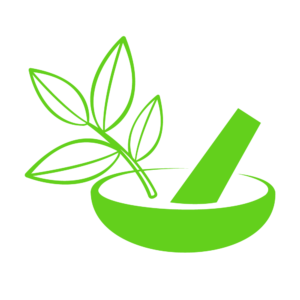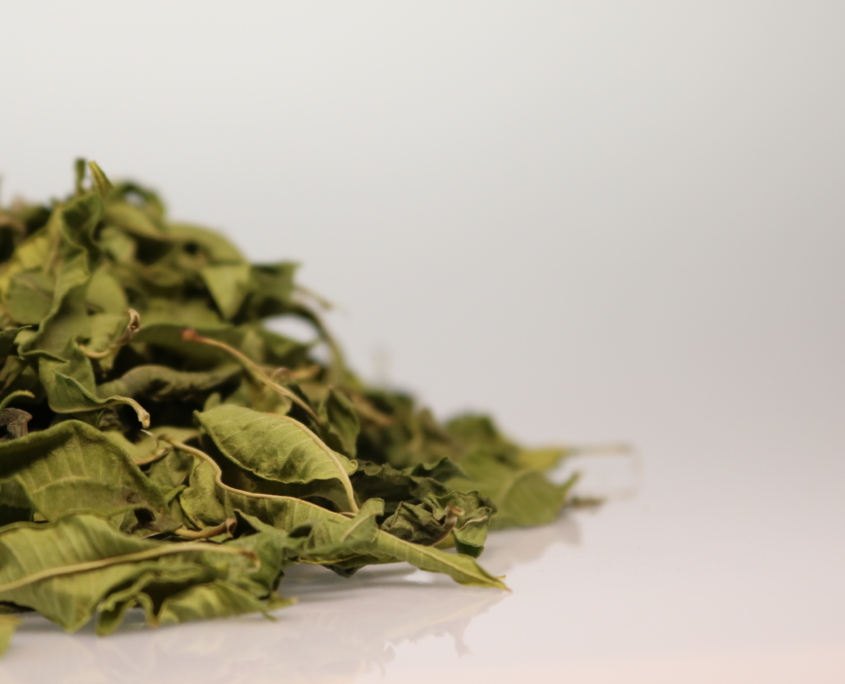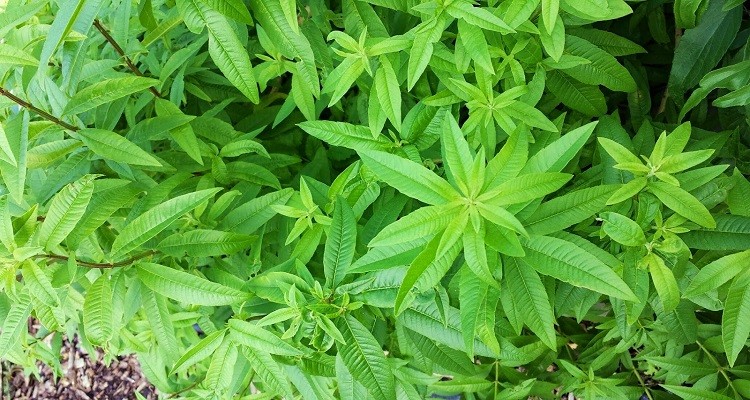English name: Lemon verbena
Persian name: به لیمو
Scientific name: Aloysia citrodora
Common names: Lemon verbena and Lemon beebrush
Arabic name: لویزه
French name: Verveine odorante
German name: Citronenkraut
Synonyms: Verbena Lippia triphylla Lippia Verbena triphylla
Family name: Verbenaceae Shah Pasand
Description
Verbena is a shrub with an average height of 3 meters, which sometimes reaches 7 meters. One of its distinctive characteristics is the pungent and pleasant smell of the leaves, which is similar to verbena. Placed. The flowers are small, white or purple in color, which appear at the end of the branches and in a pyramid shape around the axis of the branch. The fruit is in the form of a shaft and has two seeds. The used part of the plant is the leaves. This plant, which needs a lot of sun, mostly grows well in hot or hot and humid areas. and is native to Argentina, Paraguay, Brazil, Uruguay, Bolivia, Peru and Chile; But due to its widespread use, today it is cultivated in most parts of the world. Verbena was brought to Europe by the Spanish in the 17th century and is cultivated in Iran and mostly in the northern regions.
Historical history of verbena consumption:
Verbena has been used for centuries as a medicinal plant, widely used as an antispasmodic, anti-flatulent, anti-fever, stomach tonic, and pain reliever. Also, its flowers and leaves are used as tea and flavoring, and the essential oil of the leaves is used to prepare perfume and Cologne is used a lot.
- Principle
- Carbohydrates
- Protein
- Fat
- Calori
- Value/100g
- Carbohydrates
- Protein
- Fat
- Calori
- Unit
- g
- g
- g
- Calori
The most important effects reported to verbena:
Pain reliever, antibacterial, anti-fever, anti-cough, stimulant, diuretic, stomach tonic, anti-spasm, anti-flatulent, digestive, expectorant, laxative, pain reliever and sedative.
Important things
Verbena essential oil is used to a significant extent in the perfume and cologne industries. Verbena is sometimes known as Verine in the pharmaceutical and perfumery market. – Verbena flowers may be white on the outside and blue-violet (light) on the inside. In some parts of the world, the flowers are bright purple. Considering that the amount of essential oil in the leaves is very low, about 50 (percent), the essential oil of this plant has a high price.
Description of the benefits of the verbena plant
The most important compounds in verbena are related to its leafy aroma. Verbena has both edible and medicinal uses. Its leaves are used in the preparation of salads, jams, cakes, seafood, fish flavors, desserts and teas.
The leaves are also stomach tonic, anti-convulsant, anti-pain, anti-flatulence and spasm, headache reliever, relieve fatigue and nerve pain, and relieve heart palpitations.
Verbena tea brew is used in Iranian traditional medicine as a sedative, anticonvulsant, diuretic, and to relieve dizziness and palpitations. In the researches of recent years, it has been found that verbena essential oil has strong antimicrobial properties and has a good effect on Escherichia coli, Mycobacterium tuberculosis and Staphylococcus aureus microorganisms. It has also been proven that 2% emulsion of essential oil has a killing effect on aphids and small worms.
Miscellaneous uses
Verbena leaves are used in different parts of the world as flavors for fish, meat, birds, vegetables, seafood, salads, jams, cakes and other foods. Verbena leaves are also used as herbal tea and making ice creams.
Method and amount of consumption
Pour a glass of boiling water on about 3 grams of chopped leaves and put it on steam for 15 to 20 minutes until it is infused; Then strain and enjoy. This amount can be repeated 2 to 3 times a day.
side effects
It does not have any side effects as far as medicinal use is concerned.



